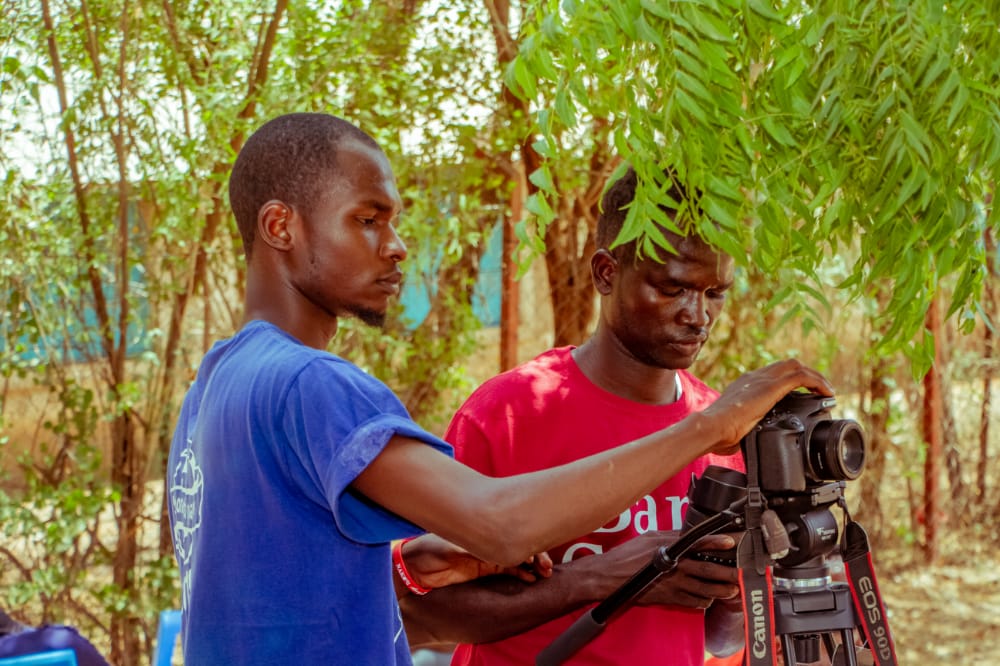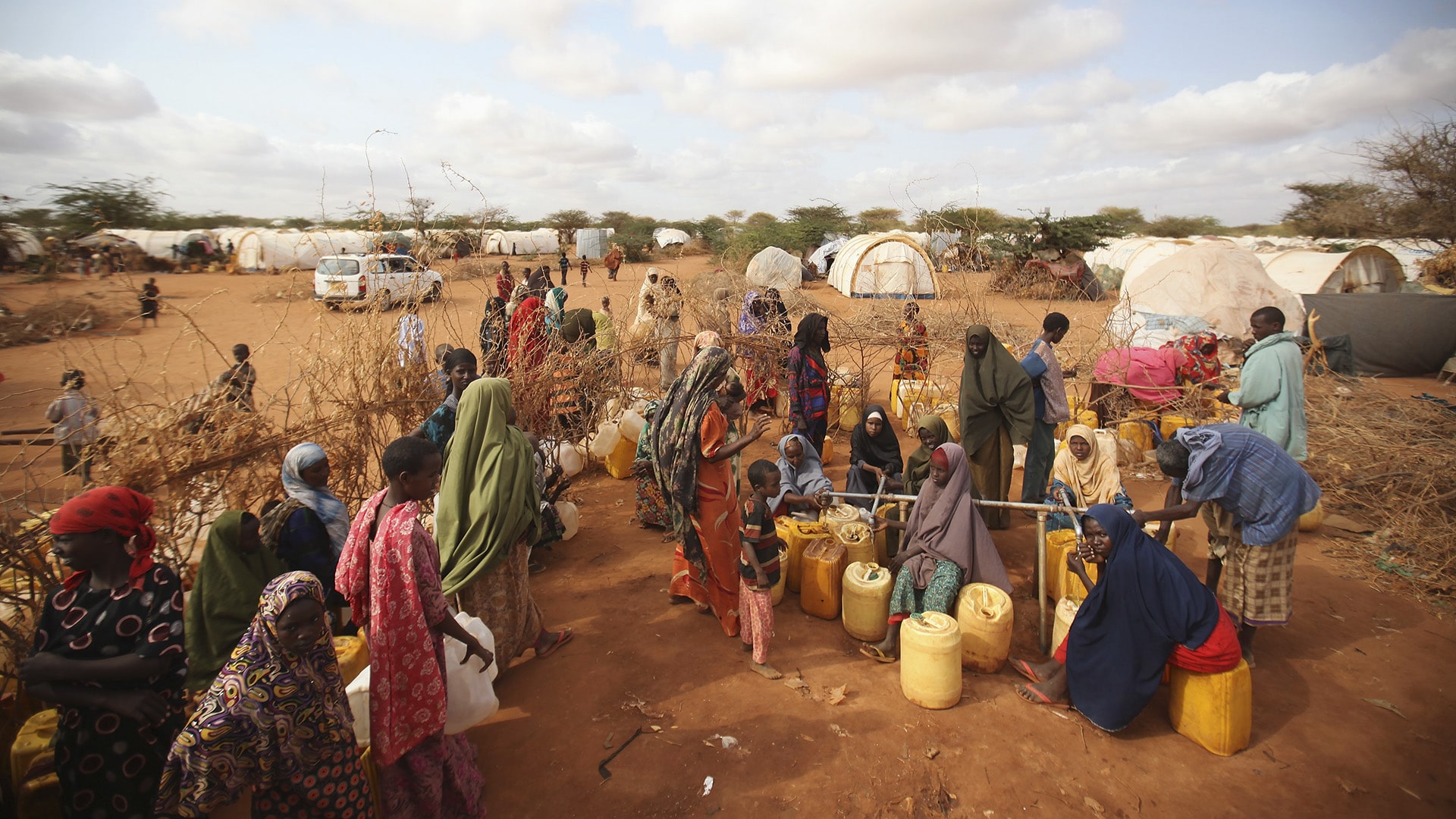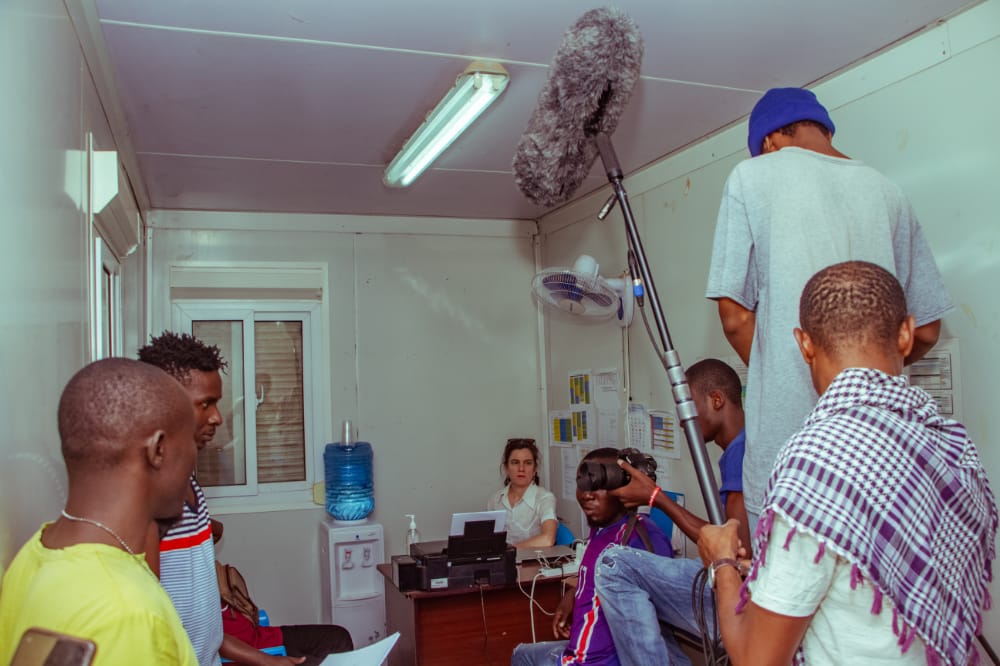East Africa, Visual Arts, Raising Awareness, Trauma Healing

“My Talent, My Opportunity” is centred around organising cultural and artistic events within the Kakuma refugee camp in Kenya. It encompasses a wide range of artistic forms, including music, dance, performance, photography and film as a means to promote healing and personal growth, as well as to generate income for artists within the camp. This diversity allows for the inclusion of artists with various talents and interests, as the primary goal is to provide a platform for refugees with artistic talents to showcase their skills and creativity.
The Kakuma refugee camp is situated in the northwestern part of Kenya and was established in 1992 after the arrival of the "Lost Boys of Sudan" (a group of over 20,000 boys of the Nuer and Dinka ethnic groups who were displaced or orphaned during the Second Sudanese Civil War 1987–2005). In the same year, large numbers of Ethiopian refugees fled their country due to the fall of the Ethiopian government, while insecurity and civil unrest in Somalia forced people to flee as well.
The camp faces significant challenges like overcrowding, limited access to basic necessities such as clean water, healthcare, and education, as well as economic opportunities. As of July 2020, both the Kakuma camp and the Kalobeyei Integrated Settlement together accommodated 196,666 registered refugees and asylum-seekers. In 2014, a significant influx of new arrivals led to overcrowding, exceeding Kakuma's capacity by over 58,000 individuals.

Many individuals and families have been living in the camp for years, and some have established small businesses and community organisations. Photofilm 4 change is one of the organisations who are using arts


Artists within the refugee community were empowered to showcase their talents through the platform the organisation offered, which further led to personal growth, increased self-esteem, and motivation to deal with challenges on a daily basis.

Beyond the individual benefits, these events contribute to community building within the refugee camp. They offer community members a place to come together, relax, and enjoy cultural and artistic performances. This sense of togetherness and shared experiences strengthen the bonds among refugees from diverse nationalities.

By focusing on arts, emotional well-being of community members is fostered, helping them cope with trauma and find moments of solace.

Organisation’s work in photography and videography has raised awareness about the experiences of refugees within the camp, fostering empathy and understanding among a broader audience.

By now we have come to understand that people just benefit from this programme because it's like a healing process for them. They think back over what they encountered in their home countries when they are alone, but during our events, they have a moment to forget about it and heal.
